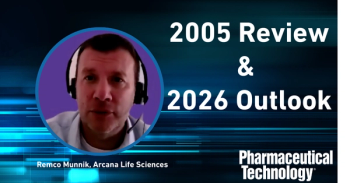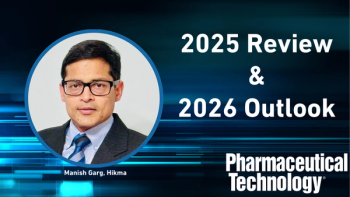
Generics prevent innovations in pharma
Cheaper generic pharmaceuticals, emboldened by US law and patent challenges, restrict novel future innovations.
Cheaper generic pharmaceuticals, emboldened by US law and patent challenges, restrict novel future innovations. According to an article published in
In a
According to the study, there has been a recent surge of Paragraph IV patent challenges by generic companies. Paragraph IV is a provision of the US Hatch-Waxman Act of 1984 that allows generic drugs manufacturers to challenge an innovator's patents by claiming that either the patent is invalid or that the generic drug does not infringe the patent.
"A Paragraph IV lawsuit will probably cost a generic manufacturer $510 million, compared with at least $800 million required for a brand company to develop a drug and bring it to market," Stuart Graham, Assistant Professor in the College of Management at the Georgia Institute of Technology, as well as a licensed attorney and co-author of the study, said in the news release.
If the generic company wins the patent challenge, the innovator loses its remaining market exclusivity for that product, while the generic manufacturer gains 180 days of market exclusivity and an average potential payoff of $60 million during that period. Graham added: "The law is creating incentives to bring challenges on more and different types of drugs."
Because of this, the researchers argue that a longer exclusivity period is required; the current 5-year period is not usually sufficient to recoup R&D costs. A 2007 report from The National Academies also supported this and explained that the US should at least double the duration of exclusivity to bring it closer to allowances awarded in the EU, Canada and Japan.
In particular, Higgins and Graham suggested that exclusivity be extended for first-in-class, high-risk and high-necessity drugs. They also believe that incentives should be used to encourage private investments in research.
Newsletter
Get the essential updates shaping the future of pharma manufacturing and compliance—subscribe today to Pharmaceutical Technology and never miss a breakthrough.




